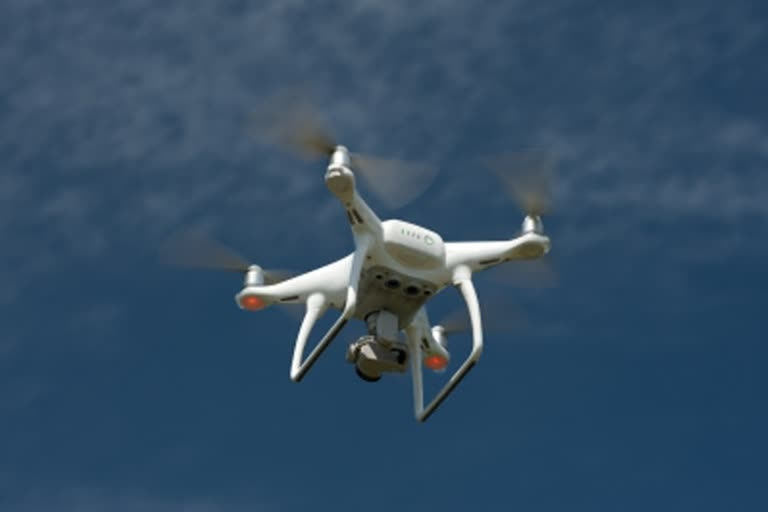Hyderabad: Asymmetric warfare is when two unevenly matched powers engage in strategic parity on the battlefield. When the erstwhile Soviet Union invaded Afghanistan, the USSR had aerial superiority across the country and their helicopter gunships became the backbone of the Soviet Union's blitzkrieg into Afghanistan. However, the superiority of the Soviet helicopter gunships was not to last. It was challenged with a simple introduction of the American-made stinger missile weapon system that changed the game for the Afghanistan resistance fighters who otherwise had to hide when the Mi series helicopters bombed their hideouts in the mountains. A shoulder-held-hand-launched missile system started to bring down Soviet helicopter gunships by the hundreds eventually leading to the humiliating withdrawal of the Soviet forces.
If shoulder-held stingers changed the tide in Afghanistan, drones in the 21st century are keeping modern battlefields in flux as million-dollar equipment has become susceptible to airstrikes from drone systems that cost just a fraction of a modern multirole fighter. The defeat of Armenia by Azerbaijan using Turkish and Israeli drones speaks of how expensive multi-role fighter aircraft need not take to the skies to change the tide of battle. Indian security establishment should have taken the cue from the war that Azerbaijan waged with Armenia.
Also read: India probes 'drone strike' on Jammu airport
Drones have been extensively used by Pakistan for cross-border heroin trade and smuggling of weapons into Indian territory. The drone strike on the Indian Airforce base on Sunday is a warning of a paradigm shift in how militants will now engage the Indian security establishment in Kashmir. It works well for their handlers as drone strikes need not be manned and the Pakistani nationals need not be physically present in engaging Indian security forces. This gives Pakistan plausible deniability of its covert actions. The dropping of two 1.5-kilogram explosives on the IAF base also shows that strategic assets in the region are exposed and the security establishment is yet to grapple with the surprise change in tactics.
Defence against drone attacks will require extensive electronic tracker systems that integrate radar, radio receivers, optical sensors and audio sensors that are linked with software-powered autonomous weapon systems. To disable the drone, anti-aircraft guns, electromagnetic pulse, microwaves and even sonic boom guns can be used to knock them out of the sky.
However, most of these anti-drone technologies are mostly in the demonstration stage or proof-of-concept stage. Large-scale production and integration of these systems to protect military bases and assets are yet to take off. Till these technologies materialise, drones will be a concern that will have to be tackled by the old school method of having people in boots keeping their finger on the trigger and keeping an eye in the sky with whatever tracker technology they are given. More than AI-driven multi-role military drones that are being developed by military technologists around the world, it is the quadcopter and hexacopter drones that will be used by terrorists to strike. They can be easily procured from the market, programmed and improvised to carry weapons and wreak havoc while the handler remains at a safe distance.
Also read: From drugs and guns, drones may pose new terror challenge in J&K
India should restrict the sale of drones in troubled regions to private individuals and companies. Even if individuals do procure them, there should be licensing regime by the government for its procurement and use. This will help in end-user verification and tracking to check its misuse. Just as investing in drone technology is important by the defence sector for battlefield advantage, anti-drone technology should also be parallelly developed to deny asymmetric warfare advantage to state and non-state actors.



